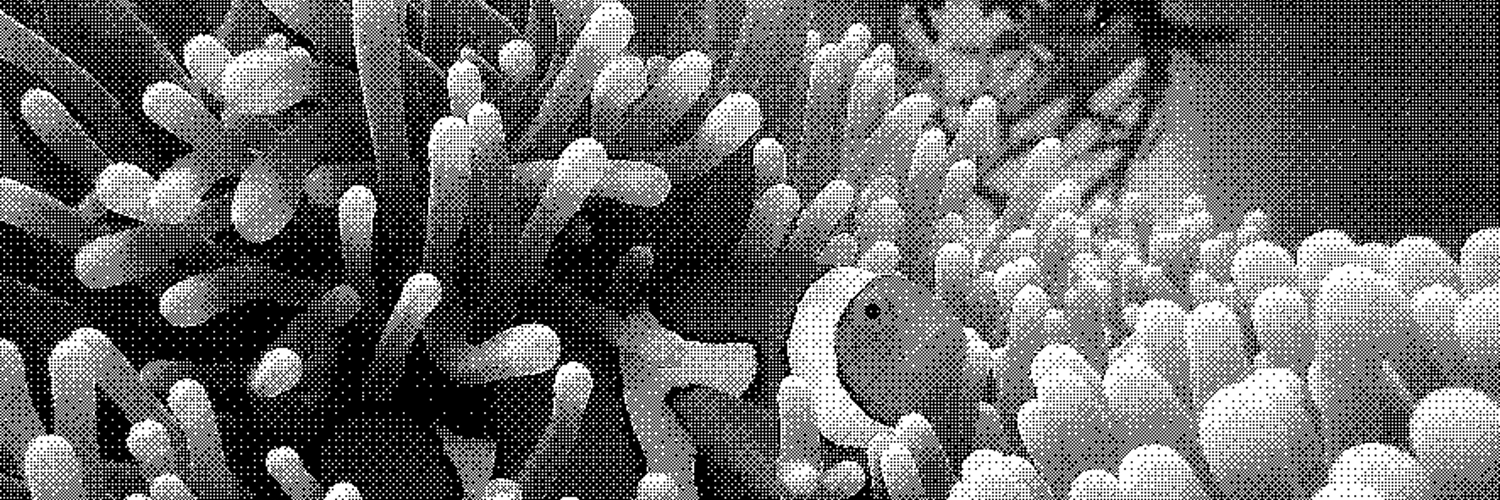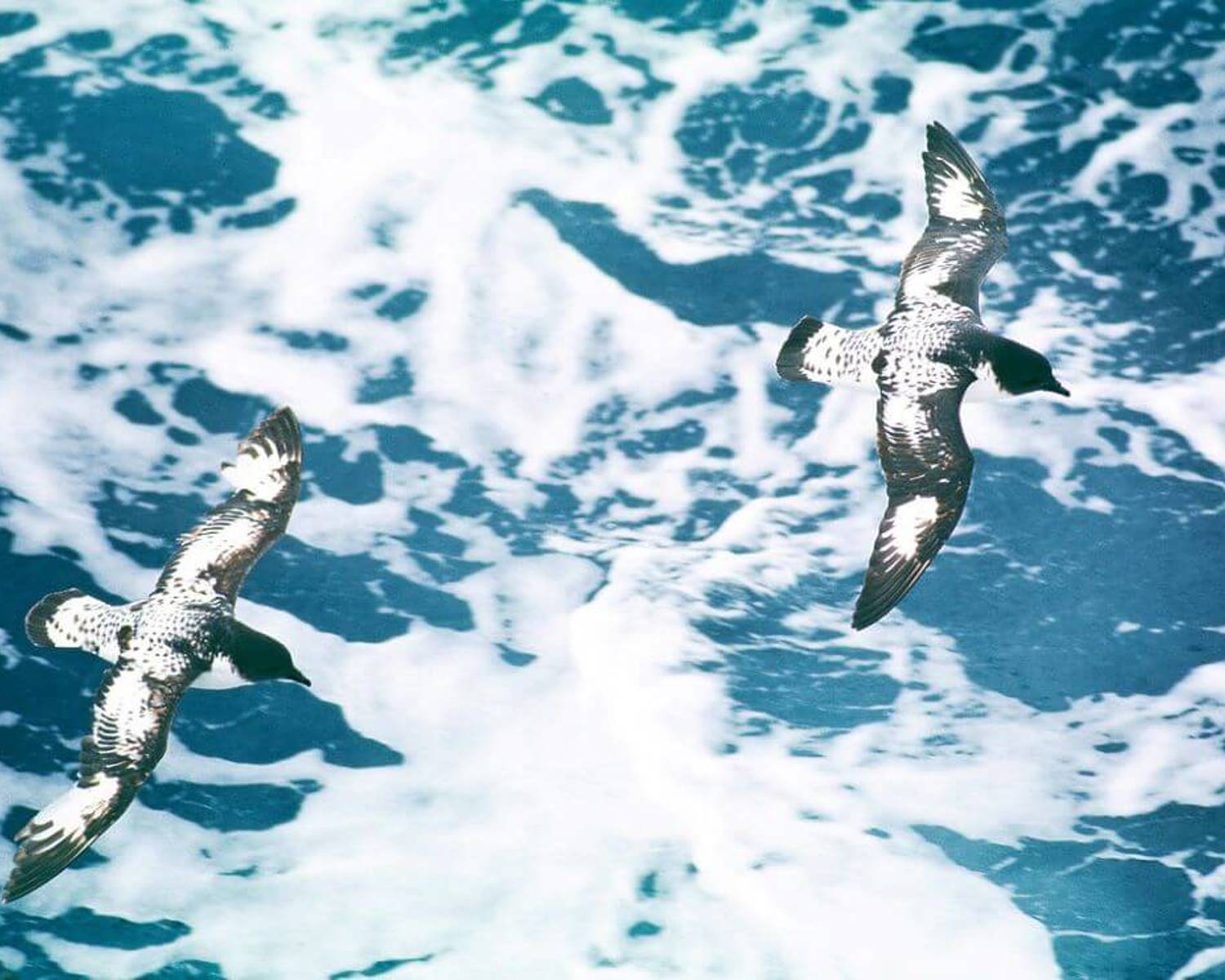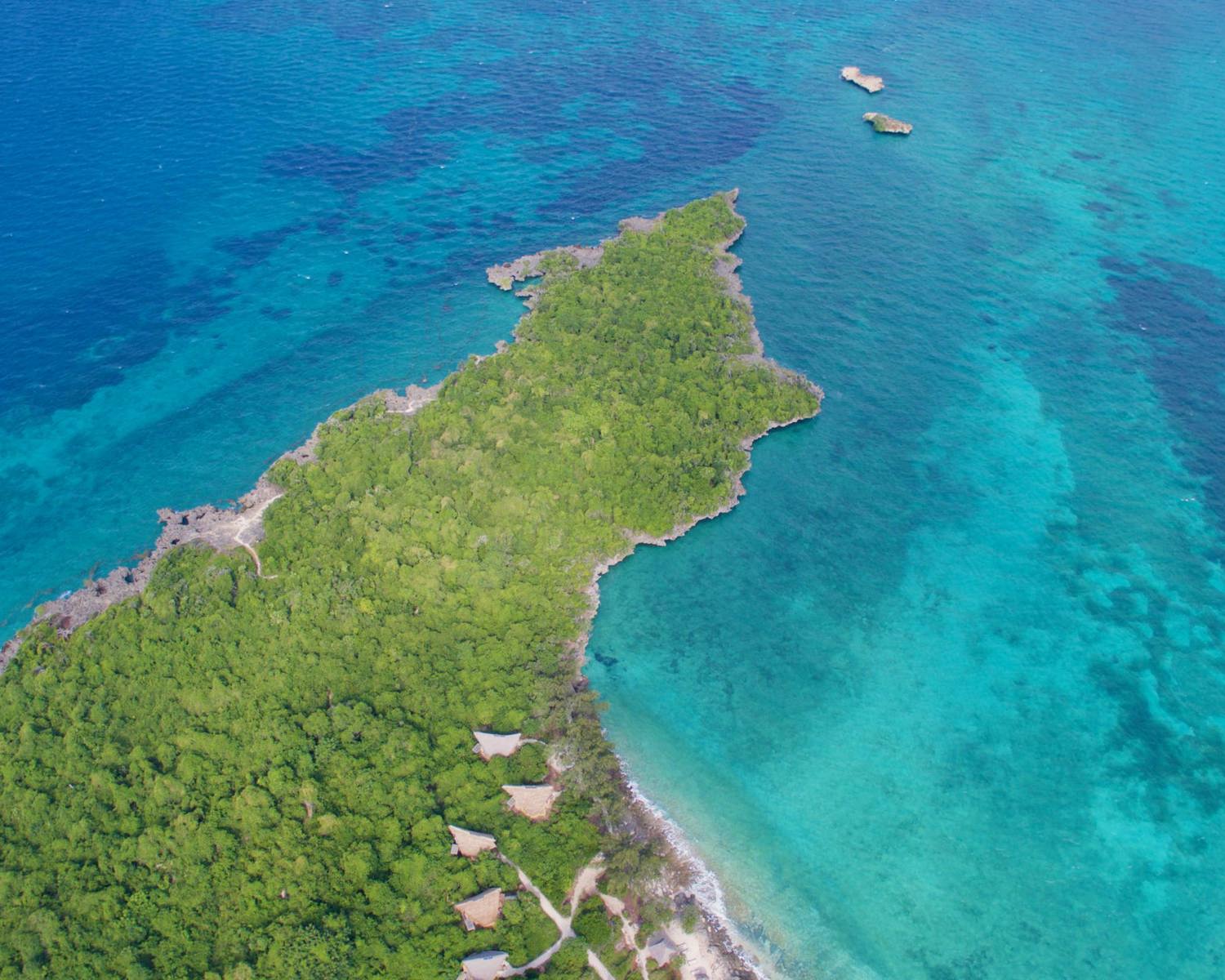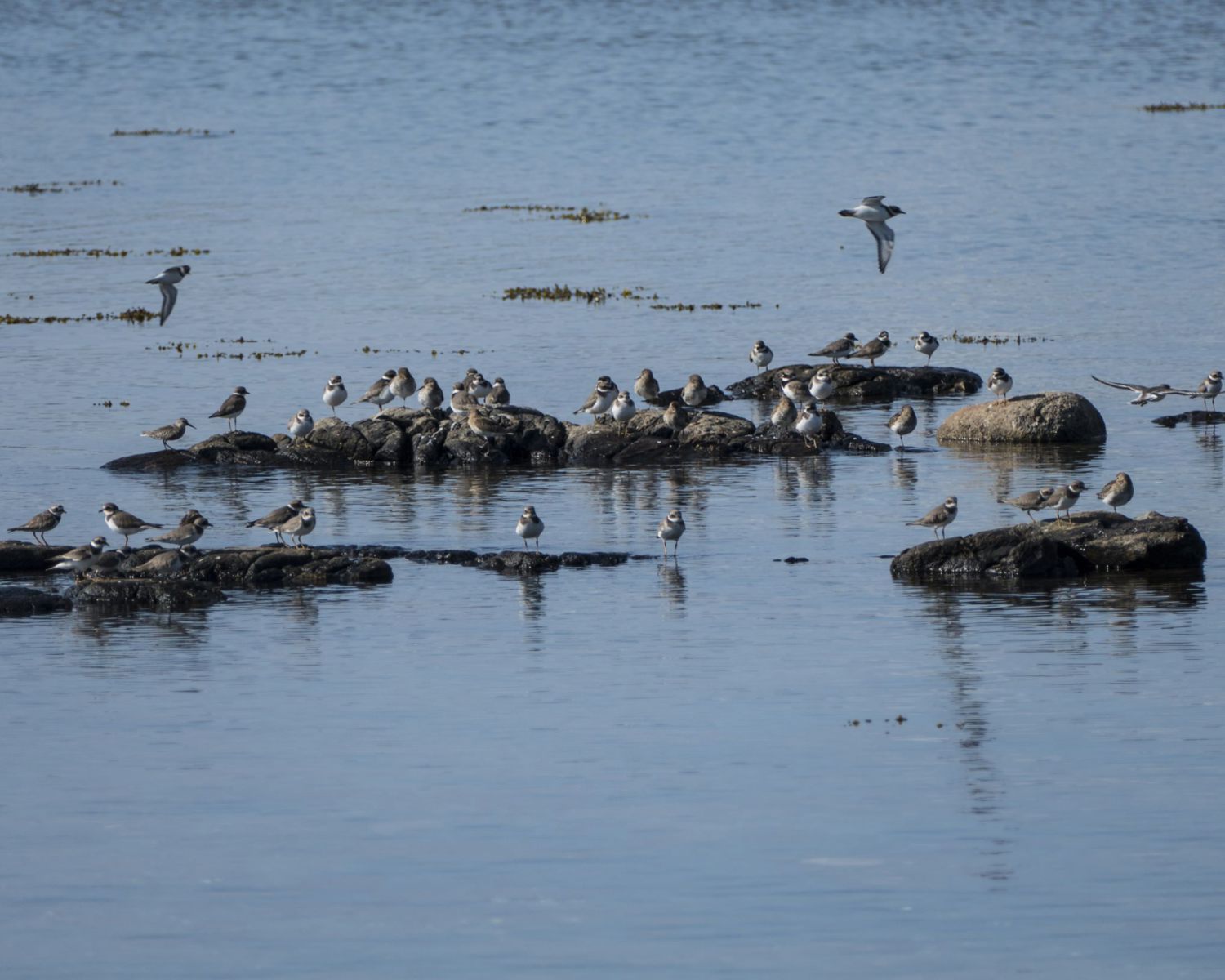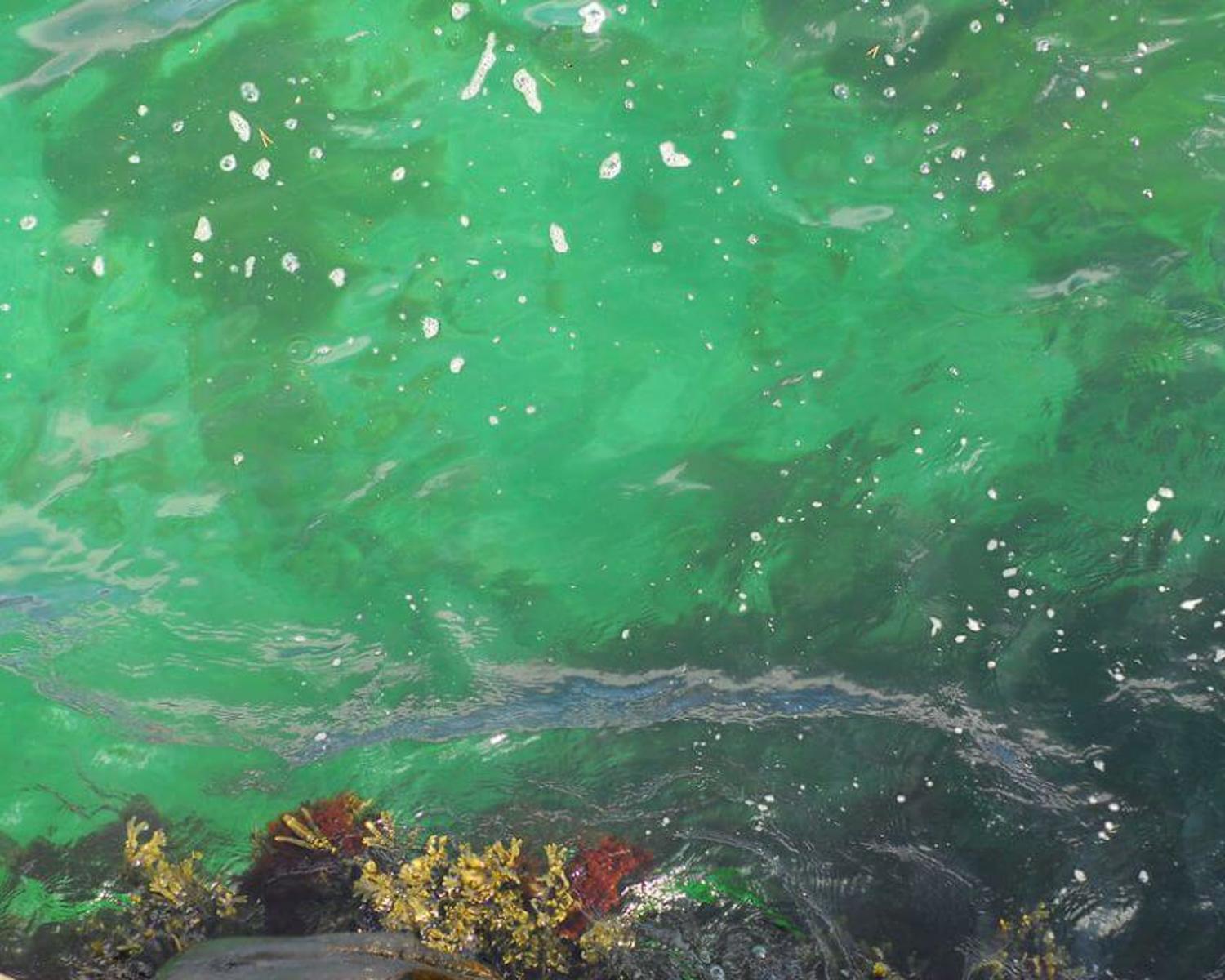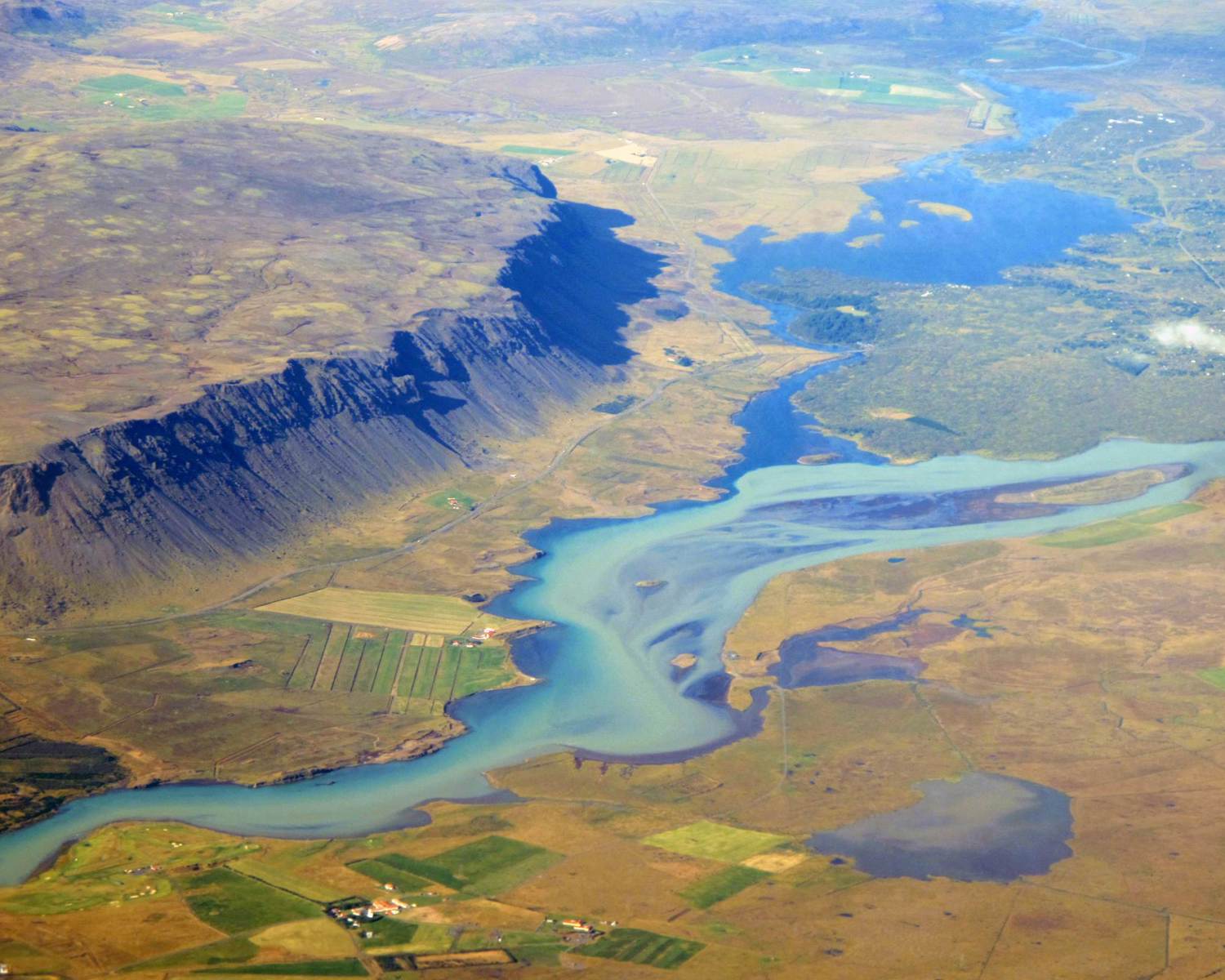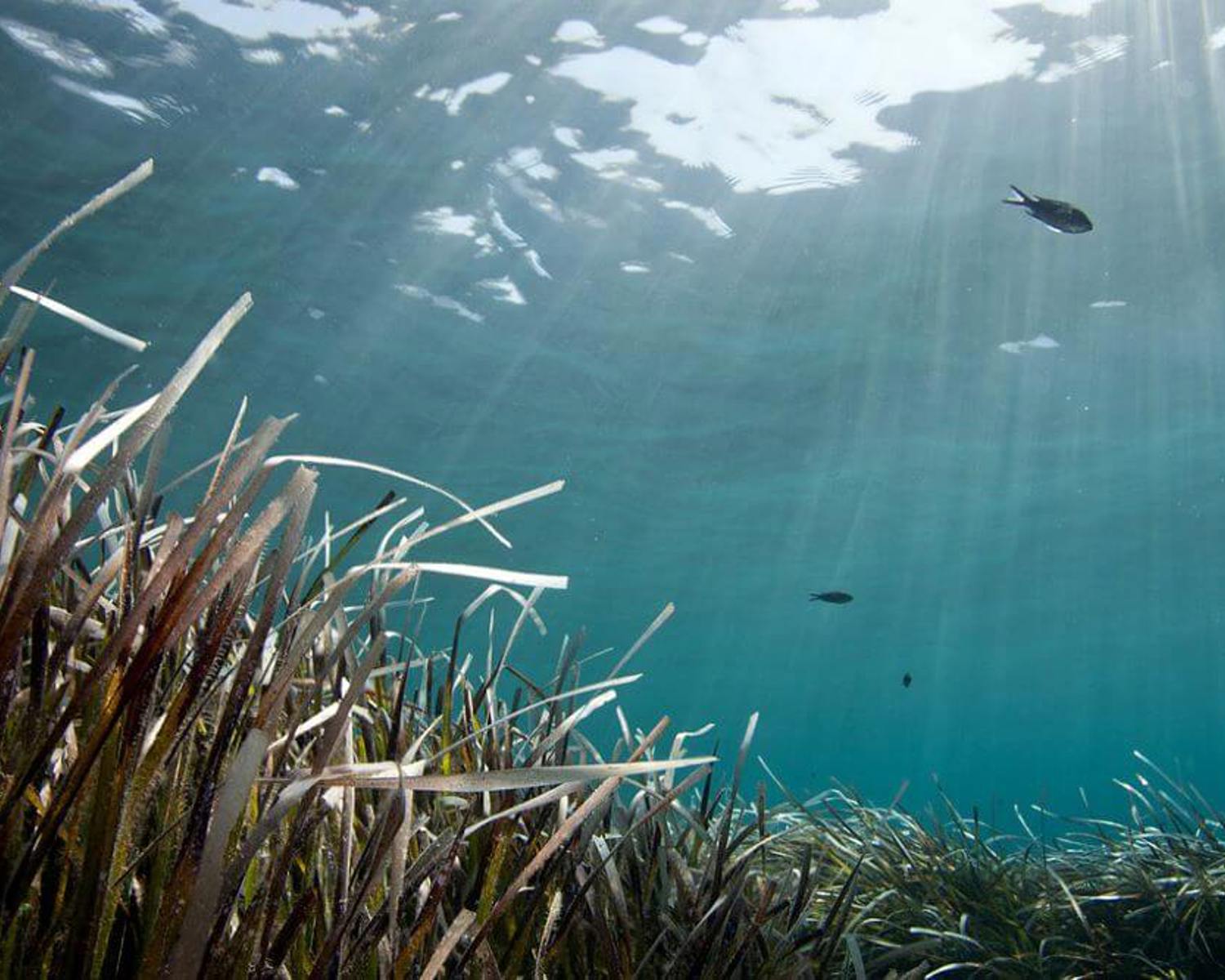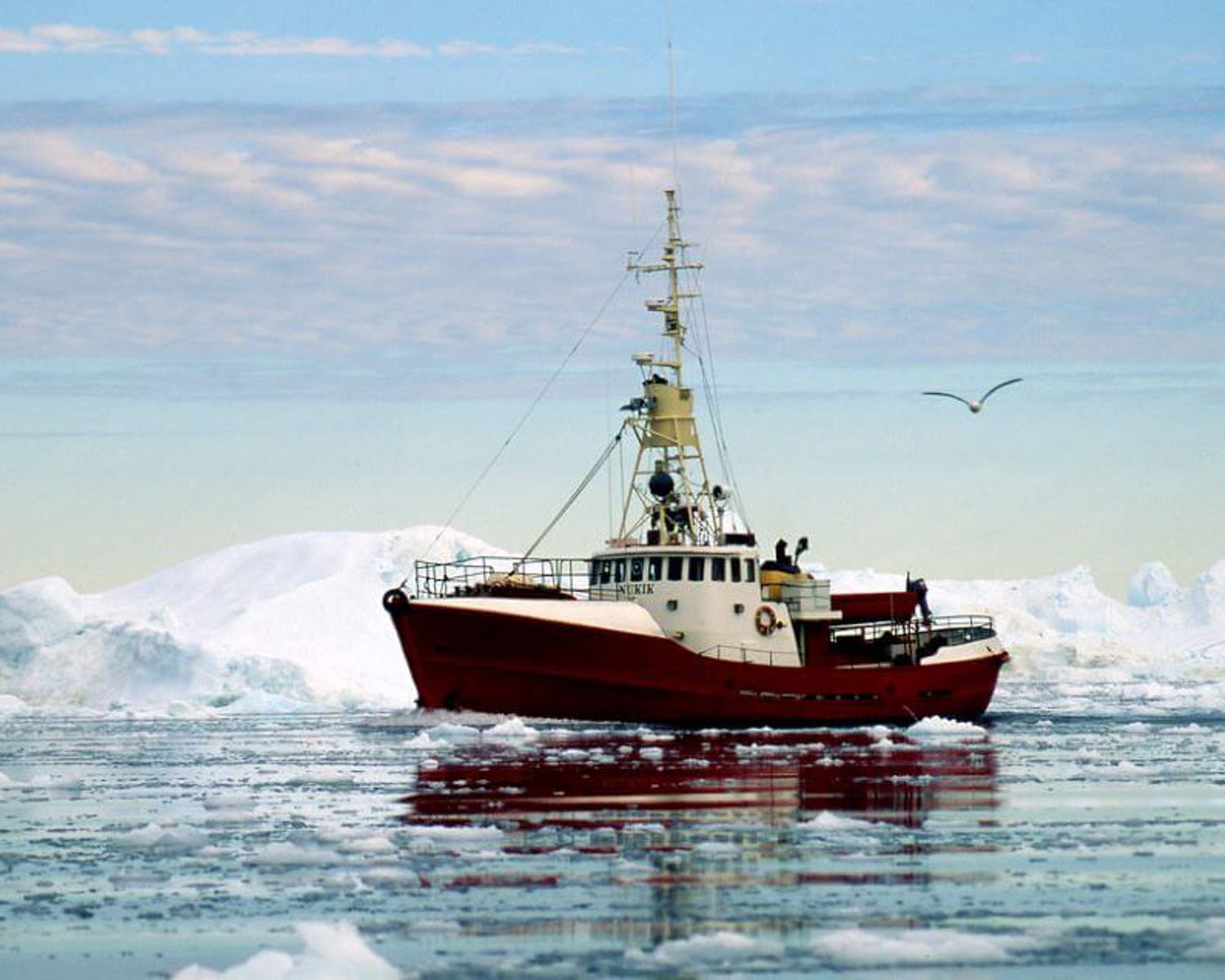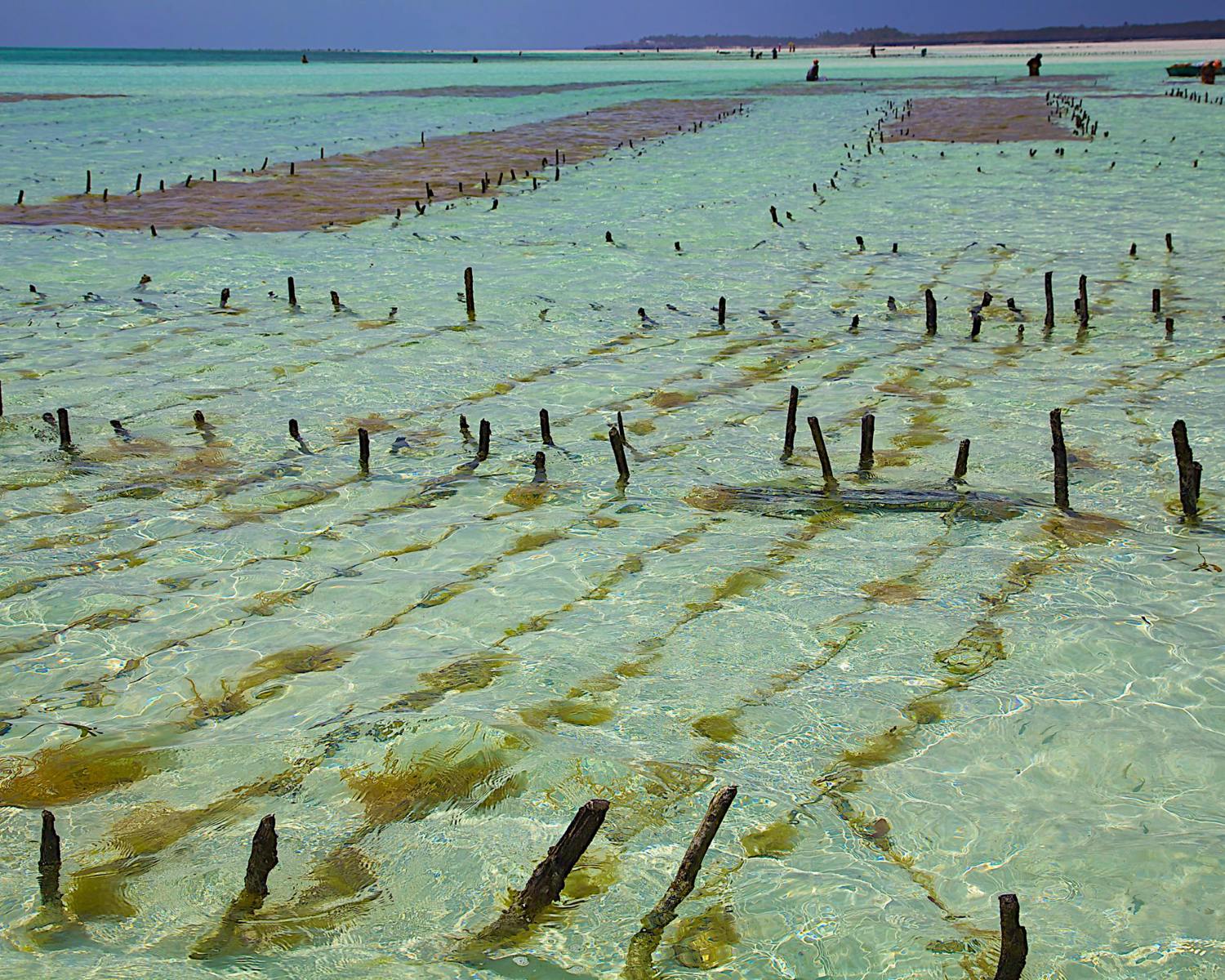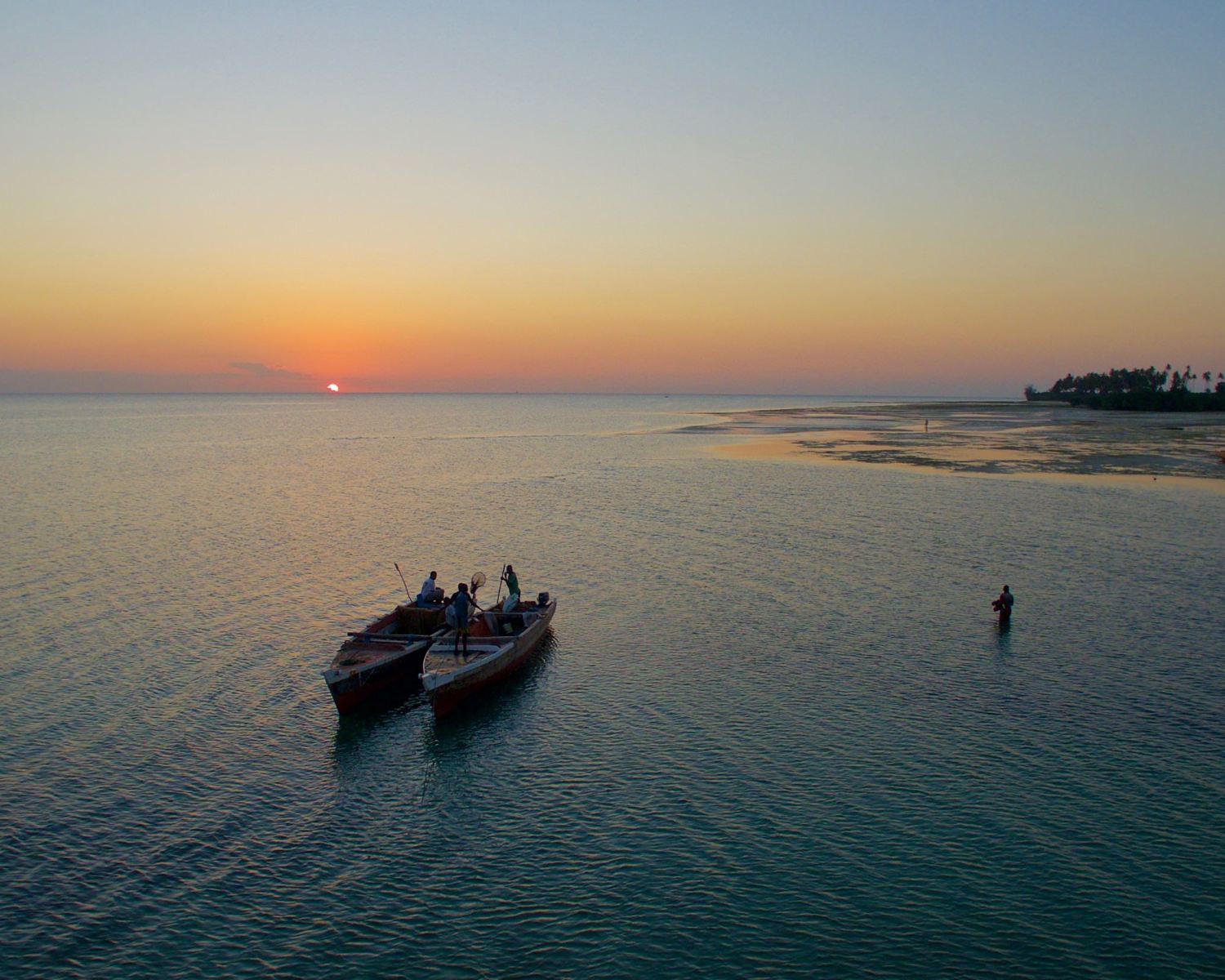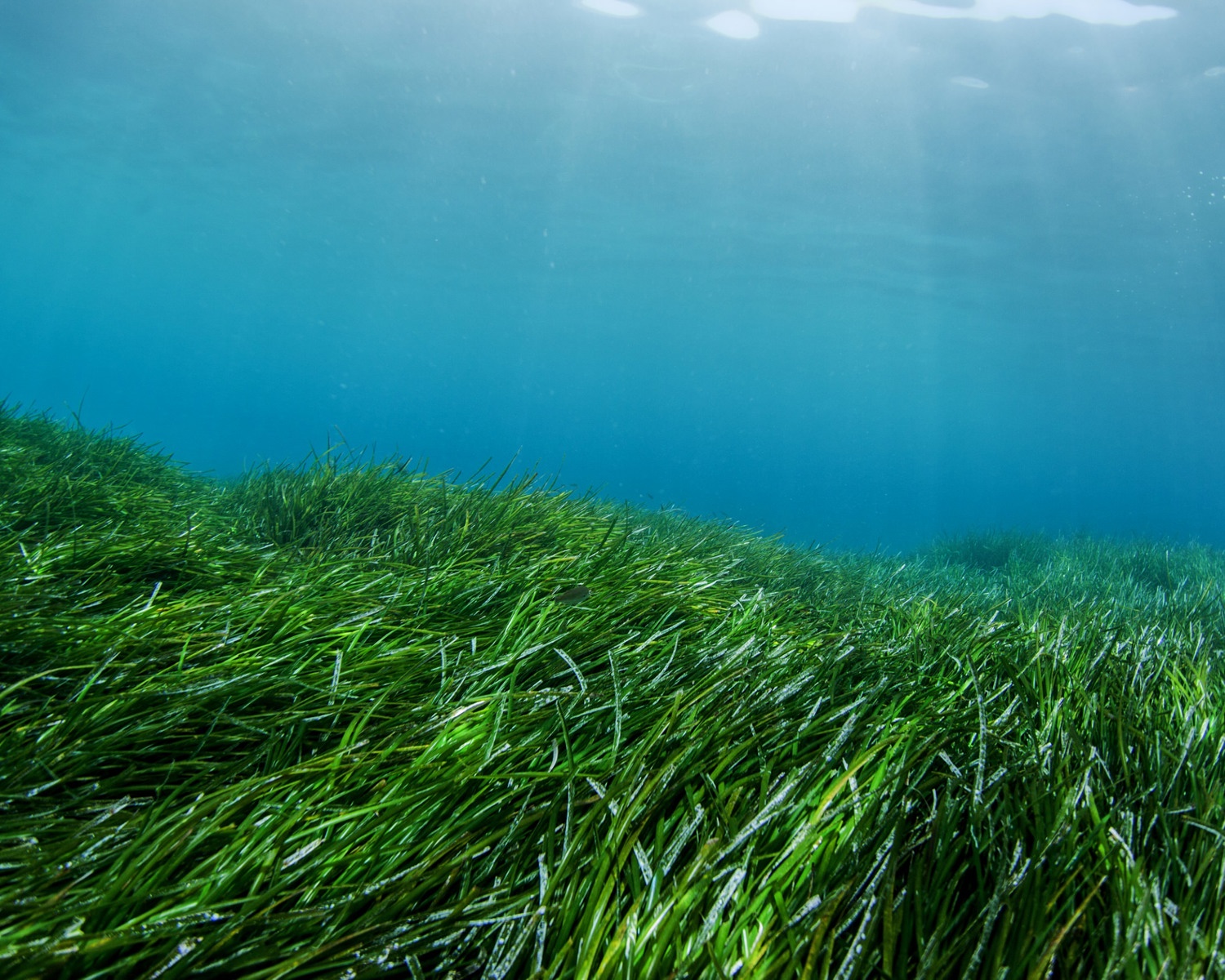
Re-oxygenating the Baltic
The deep waters in the Baltic are severely deoxygenated. Although the causes of the current state are complex, this is mainly a result of increased eutrophication from sewage and agricultural runoff from surrounding lands, which leads to extreme bioproductivity (Rolff et al. 2022). Some species manage to survive in the upper water layers, but many organisms living on the seafloor are severely impacted by the hypoxia, thereby influencing the health of a wide network of ecosystems and biochemical processes. There are attempts to reduce nutrient runoff into the Baltic (see for example: https://helcom.fi/baltic-sea-action-plan/). However, some argue these will be insufficient and argue for engineering solutions to the issue.

